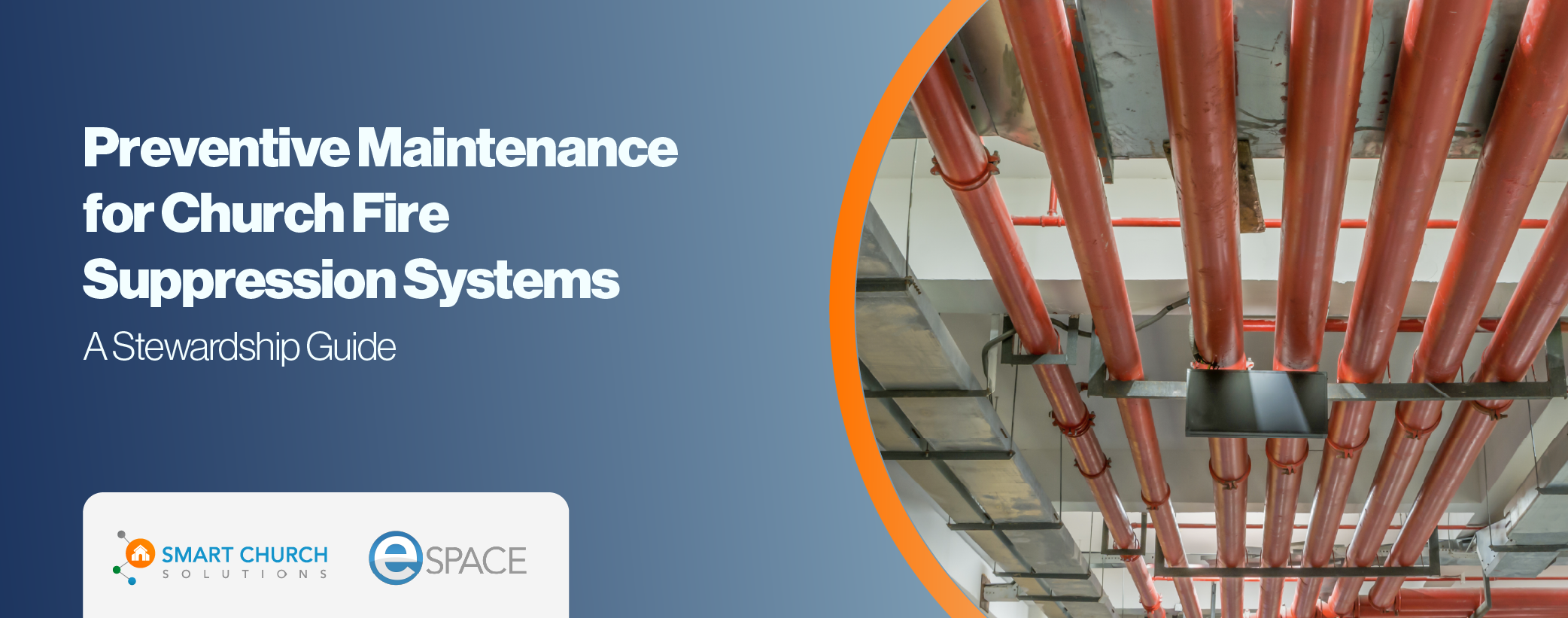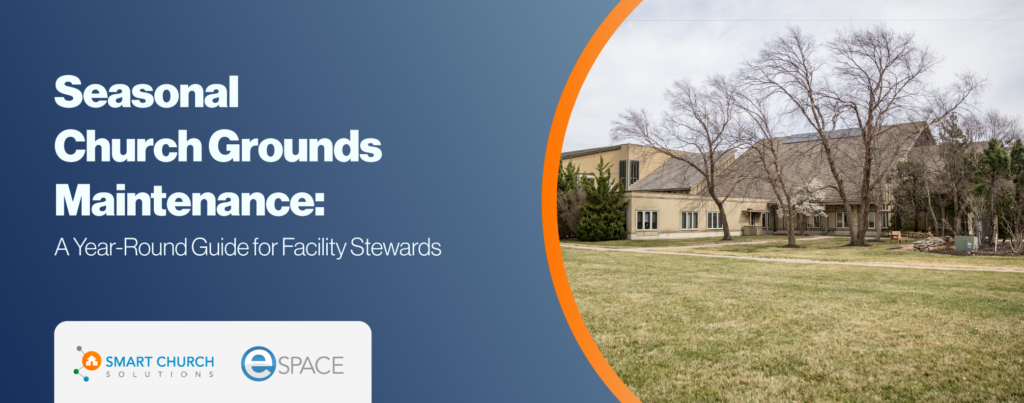When people think about church facility maintenance, fire suppression systems rarely top the list — until a crisis hits. Yet these systems are one of the most critical safety components in your building, protecting your congregation, your property, and your ministry’s future.
Our team at Smart Church Solutions believes facility stewardship is an act of ministry. Proactively maintaining your fire suppression systems isn’t just about avoiding fines or meeting code requirements; it’s about safeguarding the people God has entrusted to your care.
In this guide, we’ll break down the essential preventive maintenance tasks every church should prioritize to keep fire suppression systems ready, reliable, and compliant. Because when seconds matter, preparation saves lives.
Why Fire Suppression System Maintenance Matters
A fire in a church facility can have devastating consequences — damaging property, disrupting ministry, and most importantly, putting lives at risk. The good news is that most of these tragedies are preventable with proactive maintenance.
Keeping your fire suppression systems in good working order ensures your church is ready when it matters most. It also delivers several critical benefits:
- Ensure Fire Safety Compliance – Fire codes require routine inspections and maintenance.
- Protect Your Congregation & Property – A functional fire suppression system minimizes fire damage.
- Avoid Costly Repairs – Small issues caught early prevent major system failures.
- Reduce Insurance Risks – Many insurance policies require proof of regular fire system maintenance.
In short, reliable fire suppression isn’t just a code requirement; it’s a stewardship responsibility. And it’s far too important to leave to chance.
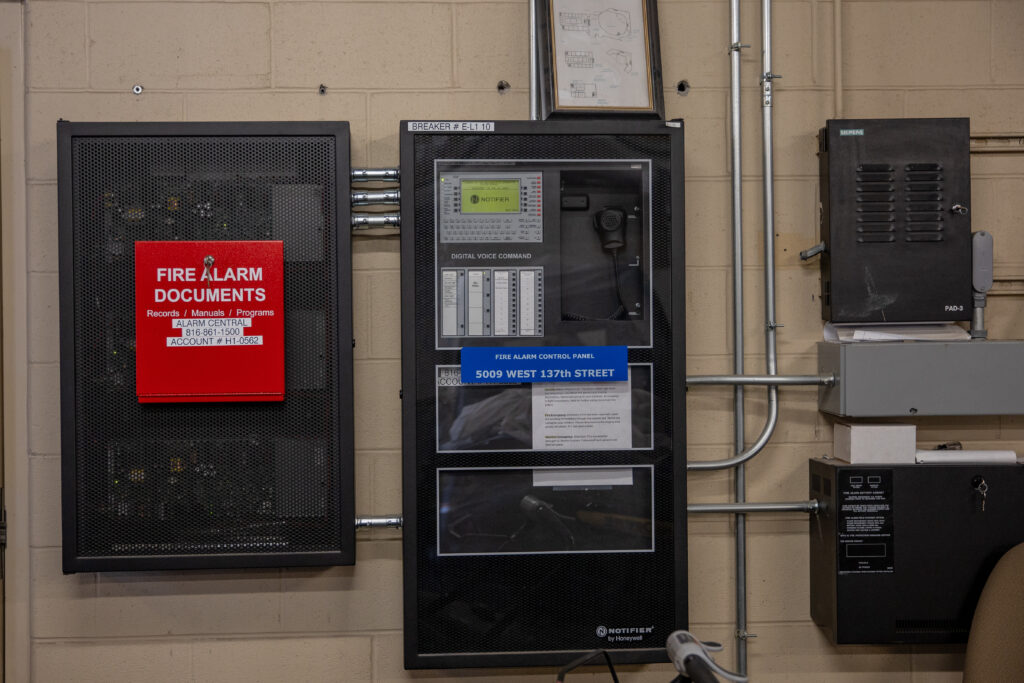
Key Fire Suppression System Maintenance Tasks
Most churches rely on a combination of fire suppression systems to keep their facilities and people safe. These might include:
- Sprinkler Systems (Wet, Dry, or Pre-Action)
- Kitchen Hood Fire Suppression Systems (for commercial kitchens)
- Fire Extinguishers
- Smoke Detectors and Fire Alarms
Each system plays a vital role in fire protection, and each requires regular inspection, testing, and maintenance to stay effective. Neglecting even one of these can create dangerous gaps in your church’s safety net.
In the sections that follow, we’ll break down the essential maintenance tasks for each system and show you how to keep your church prepared, compliant, and protected.
1. Inspect & Test Fire Sprinkler Systems
If your church has a fire sprinkler system, it must be inspected regularly to prevent blockages, corrosion, or mechanical failures.
- Conduct a visual inspection of sprinkler heads to ensure they are free of dust, paint, or obstructions.
- Check the water supply valves to confirm they are in the open position.
- Inspect for leaks or corrosion around pipes and sprinkler heads.
- Test water flow & alarms to confirm proper function.
- Schedule an annual professional inspection in compliance with NFPA (National Fire Protection Association) standards.
A properly maintained sprinkler system is your first line of defense against fire.
2. Maintain Kitchen Hood Fire Suppression Systems
If your church has a commercial kitchen, the fire suppression system requires special attention due to grease buildup and high heat exposure.
- Clean grease buildup from hood filters every month.
- Inspect the fire suppression nozzles to ensure they are free from blockages.
- Check the system’s pressure gauges to confirm adequate pressure levels.
- Test manual pull stations to ensure they activate the system properly.
- Schedule a professional service & inspection every 6 months (per NFPA 96 standards).
Kitchen fires are one of the most common causes of church facility fires—don’t neglect your hood suppression system!
3. Inspect & Test Fire Extinguishers
Every church should have properly placed fire extinguishers in key locations (e.g., kitchen, mechanical rooms, hallways, and worship spaces).
- Ensure that extinguishers are mounted properly and are easily accessible.
- Check the pressure gauge – If it’s outside the green zone, the extinguisher needs servicing.
- Inspect for dents, rust, or leaks – Damaged units should be replaced.
- Verify the expiration date – Fire extinguishers typically last 5-15 years, depending on the type.
- Train staff & volunteers on proper use (PASS method: Pull, Aim, Squeeze, Sweep).
- Schedule an annual professional inspection to ensure compliance.
Fire extinguishers are a simple but critical tool in early fire suppression—don’t let them expire or go unnoticed.

4. Test Smoke Detectors & Fire Alarms
Your church’s fire alarm system should be tested regularly to ensure it functions properly during an emergency.
- Test smoke detectors & heat sensors monthly by pressing the “test” button.
- Check alarm volume levels to ensure they can be heard throughout the facility.
- Replace smoke detector batteries annually (unless hardwired with a backup battery).
- Inspect fire alarm control panels for warning lights or trouble codes.
- Schedule a professional fire alarm system test annually to ensure compliance.
A fire alarm that fails to activate in an emergency puts everyone at risk—test it regularly!
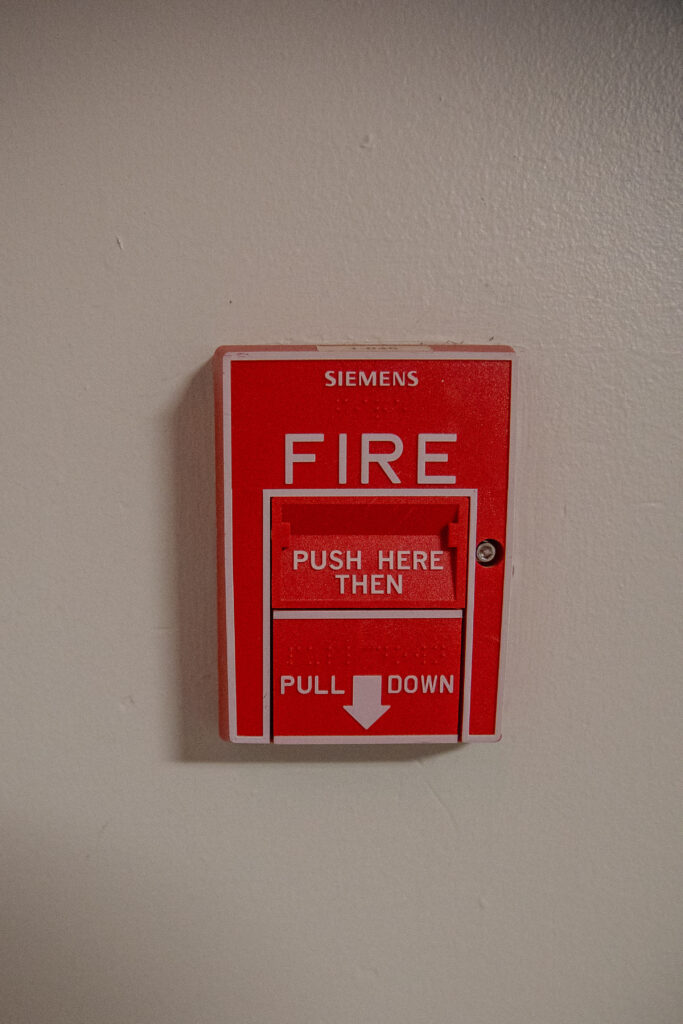
5. Verify Fire Department Connections & Access
Firefighters need quick and unobstructed access to your fire suppression systems.
- Ensure the fire department connection (FDC) is visible & accessible (not blocked by landscaping or parked cars).
- Inspect FDC caps & couplings for rust or damage.
- Confirm the fire alarm panel is accessible and clearly labeled.
- Review emergency access plans with local fire officials.
Clear access to fire suppression systems helps first responders protect your church effectively.
6. Educate Staff & Volunteers on Fire Safety
Fire suppression systems are only effective if people know how to use them and respond properly in an emergency.
- Train church staff & volunteers on fire extinguisher use.
- Develop an emergency evacuation plan and post it in key areas.
- Conduct a fire drill annually to ensure everyone knows their role.
- Review electrical and fire hazards with the facility team.
A well-prepared church team can prevent small fires from becoming major disasters.
Recommended Fire Suppression Maintenance Schedule
Using a facility management tool like eSPACE can help track these tasks and set automated reminders.
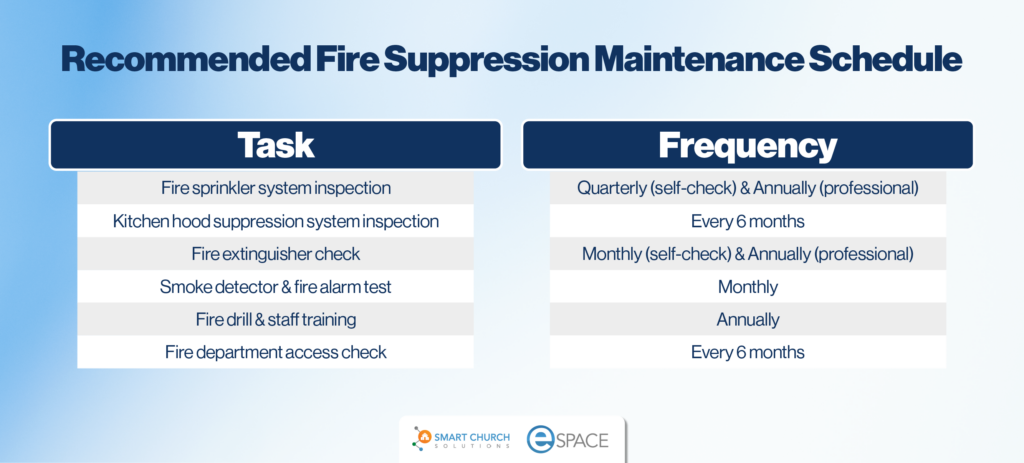
Facility Stewardship is Ministry
Fire safety in your church isn’t just about code checklists and insurance requirements. It’s about protecting the people God has entrusted to your care and honoring the resources He’s provided. A properly maintained fire suppression system can mean the difference between a small incident and a heartbreaking tragedy.
At Smart Church Solutions, we believe facility stewardship is a vital part of ministry. Proactive maintenance keeps your spaces safe, welcoming, and fully operational for the work God has called you to do. If you’re ready to simplify maintenance tracking, schedule inspections, or improve compliance, we’d love to partner with you.
Looking for a facility management tool built for churches? Let’s connect.


